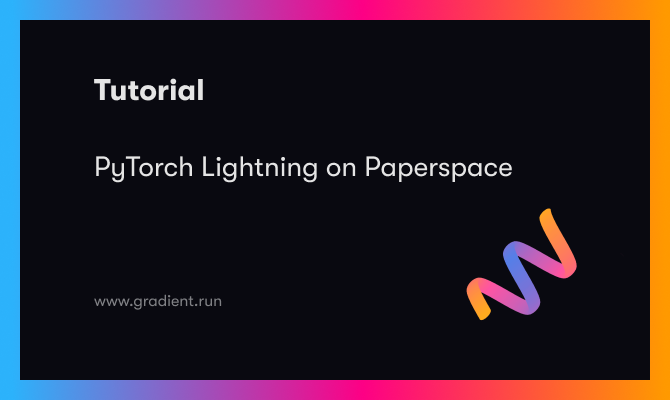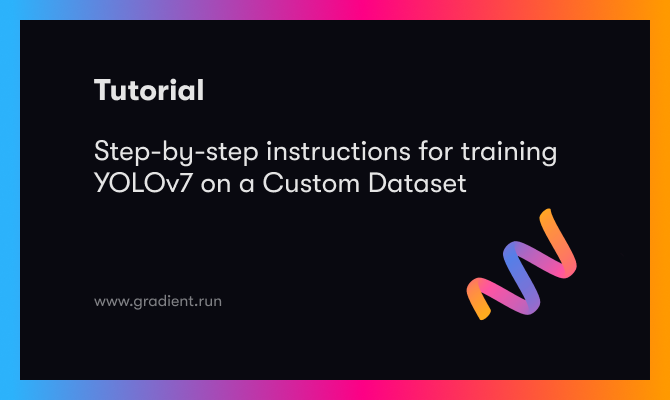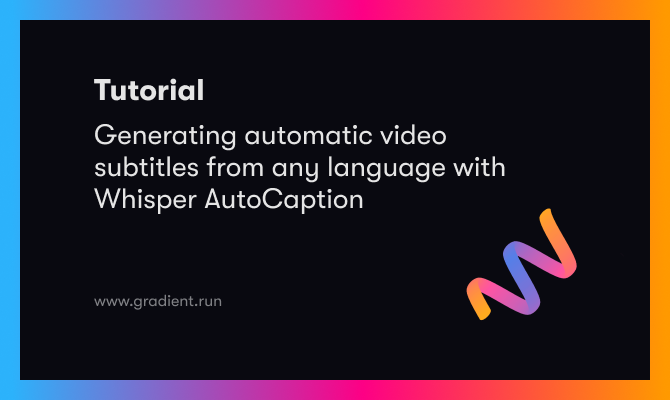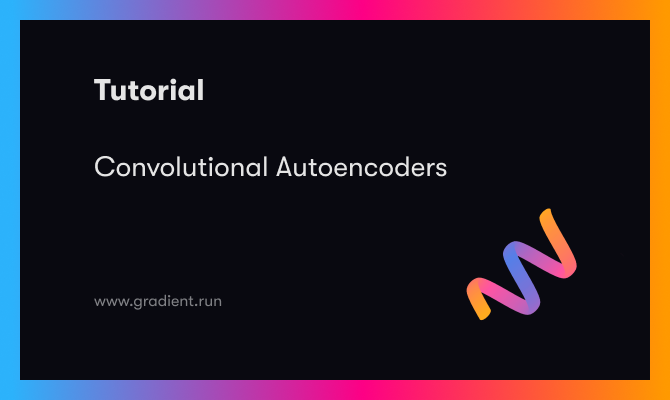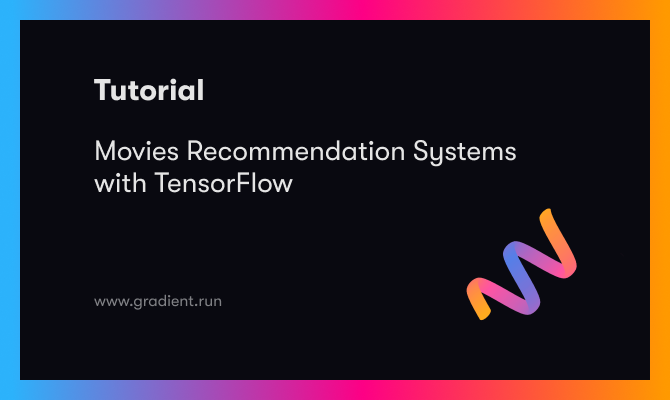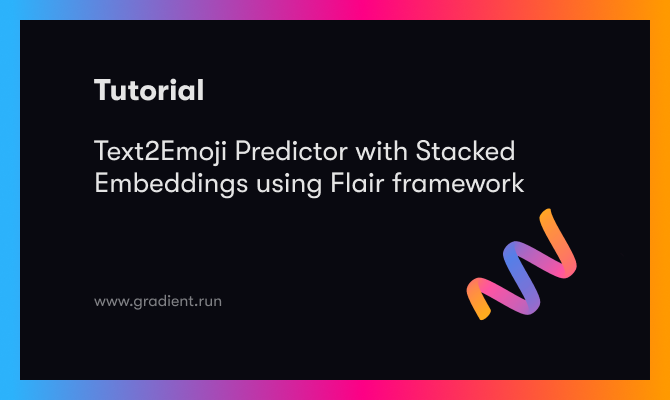PyTorch Lightning on Paperspace
In this blogpost, we discuss the benefits and utilities of using PyTorch Lightning with Gradient Notebooks to optimize and simplify deep learning code, as well as extend the capabilities of Torch beyond the scope of the original package.

